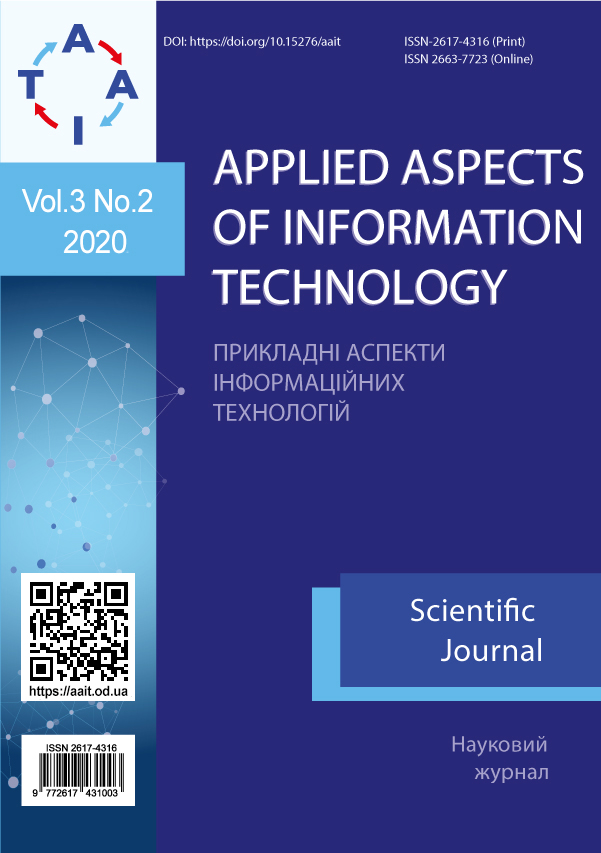Information system of minimization consumption reactive power in asynchronous electric drive with vector control
Main Article Content
Abstract
It is known that the energy performance of asynchronous electric drives is extreme nature. However, when stabilizing the magnetic flux of the asynchronous machine at the nominal level and reducing the load moment on the shaft, the power factor becomes less than the nominal, and this reduction can be significant. Therefore, the paper proposes to improve the energy performance of asynchronous electric drives with a fan mechanical characteristic of the production mechanism by changing the magnetic flux as a function of the moment of resistance forces on the shaft of the asynchronous machine. Thus, to optimize the energy processes in the electric drive when regulating the performance of turbomechanisms, it is necessary to build a system with independent speed control and magnetic flux of an asynchronous machine. Since the control systems of turbomechanisms are designed to stabilize the speed in long-term operation, it is first necessary to ensure the maximum energy performance in steady-state operation. In this work, the increase in energy efficiency is achieved by implementing a vector field-oriented control system of an asynchronous machine with the addition of an extreme control circuit. In the article the information system of two-channel vector control of the asynchronous electric drive with the fan moment of loading which contains a contour of extreme regulation on criterion of a minimum of consumption of reactive power is developed. The dependence of the values of the magnetic flux of the rotor, which are extreme for the reactive power function, mainly on the moment of loading and insignificant on the speed, is substantiated. A synthesized state observer, which estimates the moment of static load, is needed to determine the extreme values of the magnetic flux of the rotor on the basis of the obtained functional dependence. Thus, the idea is to use the reactive power channel of an asynchronous machine not to stabilize the magnetic flux, as was the case in classical vector control systems, but to adjust the modulus of the magnetic flux vector as a function of static load by the minimum stator reactive power. A mathematical model in the Matlab/Simulink environment has been developed and the efficiency of the synthesized information system of minimization of reactive power consumption by an asynchronous electric drive with vector control has been confirmed by mathematical modeling



